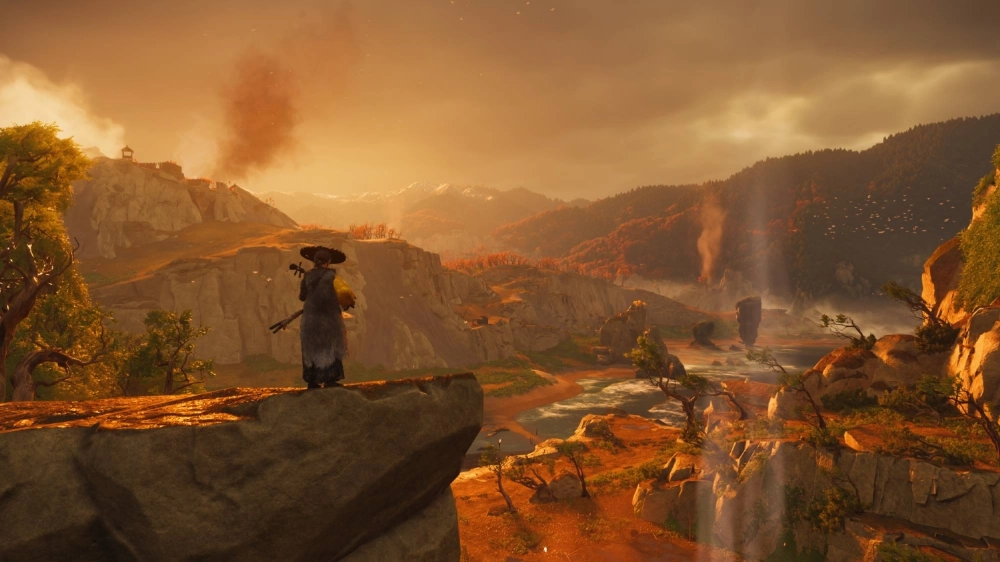A swarm of dandelion-colored butterflies circle overhead as my opponent draws his katana. He spits some last words of vitriol my way as a rapid beat centered around a sharply plucked shamisen starts up. Blades clash, blood spurts and the duel ends with a samurai at my feet in a crimson-soaked kimono.
In Ghost of Yotei, the newest game from American studio Sucker Punch Productions set in early 17th-century Ezo (modern-day Hokkaido), this uber-saturated take on samurai aesthetics is a large part of what makes it successful. Like its predecessor, 2020’s Ghost of Tsushima, players step into the role of a warrior hellbent on revenge. In the first game, that meant battling through hordes of Mongol soldiers in an effort to stem the initial waves of the 13th-century invasions of Japan.
In Ghost of Yotei, however, the enemies are domestic. Set in 1603 in the immediate aftermath of the Battle of Sekigahara and the consolidation of the Tokugawa clan’s control over a unified Japan, Ezo nominally serves as a kind of unconquered frontier land where defeated and disaffected samurai and outlaws alike can escape from the new shogun’s control.


















With your current subscription plan you can comment on stories. However, before writing your first comment, please create a display name in the Profile section of your subscriber account page.